A state of emergency is such a legal regime that provides for the restriction of legal rights of individuals and legal entities. This entrusts them with some additional responsibilities and special procedures. The state of emergency is introduced only in special cases and this is done in order to maximize the security of citizens, as well as the protection of the constitutional system of the state. This procedure helps to eliminate circumstances that may be threatening factors, restore law and order and restore emergency situations.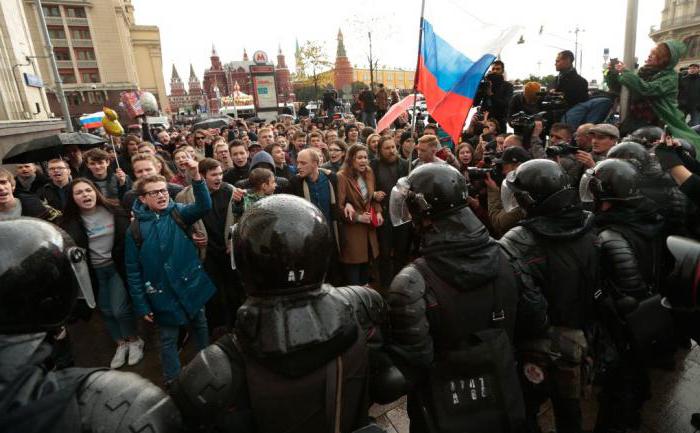
Help and Assistance
Emergency legislation is designed to assist executive authorities in addressing security risks. Give her the opportunity to restore law and order by all legal means available to her. And also to achieve the protection of constitutional rights of citizens.
Circle of events
By introducing a state of emergency, a circle of administrative measures is defined that effectively counter the extreme conditions that have arisen in a particular territory of the state.
The legal regulation of this regime is not only interested in the officials who provide it, but also citizens living in the territory of the introduction of the legal regime of emergency. The first - because it provides them with the opportunity for informed and prompt action, and the second - because it guarantees their safety and complies with the norms of the law on their personal rights and freedoms.
Grounds for introducing an emergency regime
The grounds for imposing a state of emergency include:
1. Situations that are social or political in nature, and can be expressed in attempts to change the existing constitutional system, or seize and assign power, as well as in armed rebellion, blocking critical strategic facilities, and the preparation of armed groups; a variety of conflicts, accompanied by violent acts that could pose a threat to the life or security of civilians, as well as the normal functioning of public authorities.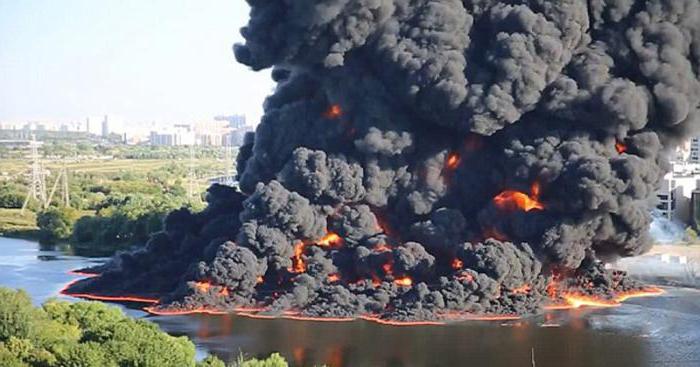
2. Situations that are criminogenic in nature, which may be expressed in terrorist acts or riots. What other reasons for introducing a state of emergency exist?
3. Situations related to man-made or natural circumstances, all kinds of epidemics, as well as epizootics that arose as a result of natural phenomena, natural disasters, accidents or catastrophes that resulted in or could result in human casualties, harm to human health and the environment, or certain material losses, violations of living conditions of citizens, and require large-scale actions to normalize the situation.
Emergency announcement conditions
The occurrence of such emergency situations does not mean that the legal regime of martial law and state of emergency will be introduced automatically. In addition to the presence of factual circumstances for its establishment, the law also specifies certain conditions that are mandatory for declaring such a regime.
Threat to life and public health
If circumstances of a social or natural-technogenic nature arise, a situation should arise that will really threaten the life and health of the population, or the constitutional system of the state, and the elimination of this situation is not possible without the introduction of an emergency mode. In the event of such situations, as a rule, the most urgent and urgent measures are used to normalize the situation, and often the introduction of an emergency mode is not required.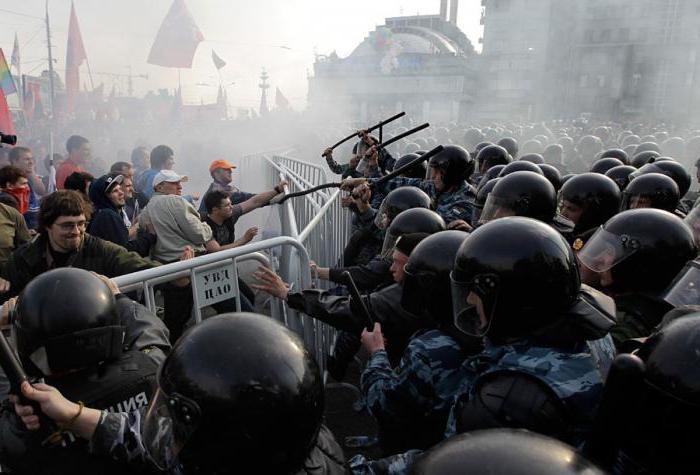
Decree of the President of the Russian Federation
The state of emergency is introduced exclusively by Decree of the President of the Russian Federation, and in certain regions of the country - the emergency mode may be introduced by the head of the executive branch of such a subject. The presidential decree must be approved by the Federation Council within three days, but otherwise it will lose its legal force.
What is indicated in it
The Presidential Decree on the introduction of an emergency regime in a particular territory of a country should indicate:
- the circumstances that caused the introduction of this regime, as well as the necessary justification for its introduction;
- the boundaries of the territories within which the emergency mode should be introduced;
- forces and means that are capable of providing this regime;
- a list of special measures, as well as the limits of their action, a list of restrictions on the rights and freedoms of citizens, foreign guests, stateless persons;
- a list of government bodies that should help ensure the measures applied in the event of the introduction of a state of emergency, and which are responsible for their failure to comply;
- The date of entry into force of this Decree, as well as the timing of the introduction and operation of the emergency.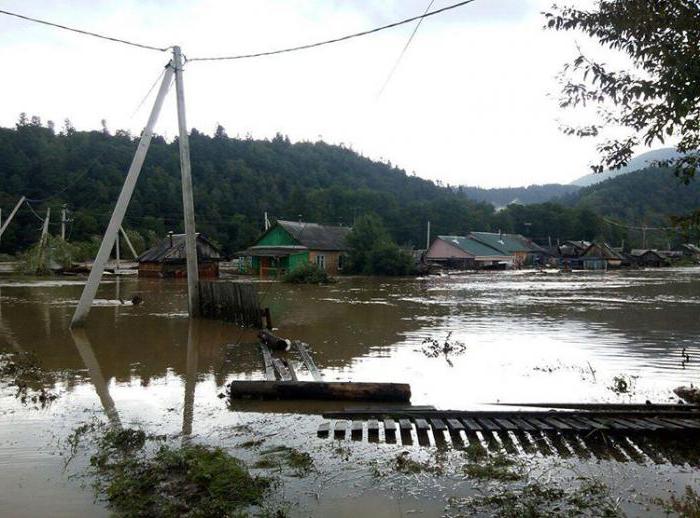
These provisions are mandatory, but in addition to them, the decree also allows the content of any additional information, for example, about the forces and all necessary means for emergency response, instructions to the Government of the Russian Federation, or other federal authorities.
Term
The period for which the state of emergency is maintained throughout the country should not be more than one month, with the exception of certain places where such a period is two months. After the expiration of such terms, the emergency mode is considered terminated, except in cases where such a period is extended by a new Decree of the President of the Russian Federation. The President has the right to cancel his decree ahead of schedule, but only in those cases when the circumstances that became the basis for the introduction of the emergency regime are eliminated.
Since it is impossible to resolve all issues related to emergencies in one document, the President issues other acts that determine the competence of bodies designed to eliminate the causes of emergencies, as well as the procedure for implementing special measures to eliminate emergencies.
State of emergency measures
During the emergency mode, special measures are taken to eliminate the situation and its causes. They are divided into: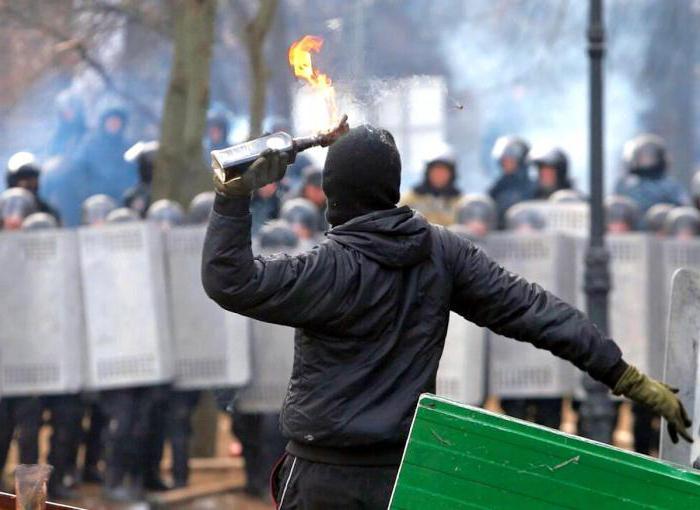
1. Joint measures that are used in the appointment of natural-technogenic and social character regimes. Such measures may include - partial or complete suspension of the activities of certain state bodies; restriction of freedom of movement in the area where the emergency mode is introduced; the introduction of a special regime of entry into such territories, as well as exit from it; strengthening the protection of law and order and facilities that ensure the livelihoods of the population; the establishment of certain restrictions on the implementation of certain types of financial activities; the establishment of a special procedure for the sale and purchase of food products; restriction or prohibition on holding all kinds of meetings or rallies, as well as other public events; restriction applicable to vehicles and their movement within the territory; suspension or prohibition of harmful and hazardous industries; the evacuation of certain material assets from the zone of operation of the emergency situation, when there is a certain threat of their loss; evacuation of the population. What else is included in the concept of a state of emergency?
2.Counter-criminal measures, for example, curfew, prohibition of the activities of certain public associations that may prevent the liquidation of circumstances of emergencies, personal searches of citizens and verification of their documents, searches of homes and personal cars; prohibition or restriction of the sale of weapons, explosives, toxic substances, etc .; the introduction of a special regime for the acquisition of drugs, as well as drugs that contain alcohol and psychotropic substances; extension of prison terms for persons who were detained on suspicion of committing unlawful actions related to emergency situations.
3. Technogenic and natural measures - evacuation of the population to other areas, with the provision of temporary housing for immigrants; the introduction of quarantine, as well as the implementation of sanitary and anti-epidemiological measures; mobilization of state and local resources; removal from office of some heads of organizations that performed their duties improperly, as well as the temporary appointment of other persons to these positions; in some cases, when it is necessary to carry out urgent work to eliminate the causes or consequences of an emergency, to mobilize the population, as well as vehicles of individual citizens, in order to carry out certain work.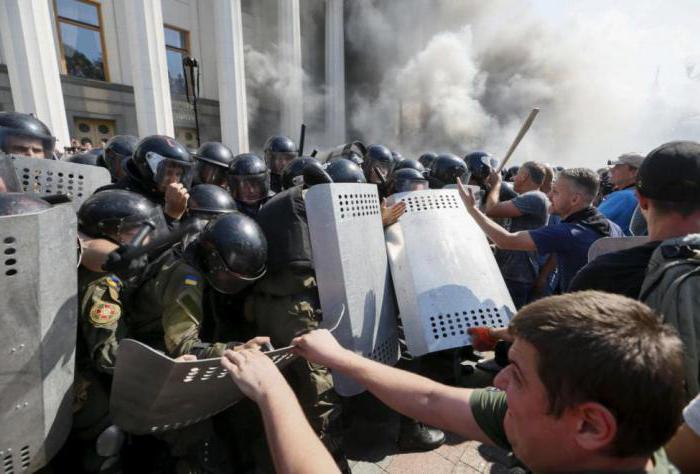
Definition of a Special Person
To maximize the achievement of the goals of introducing the emergency mode, the President’s decree defines a special person who is called upon to carry out leadership in normalizing the situation, which is called the commandant.
The duties of the commandant include:
- the publication of orders and instructions that are binding on the territory of the emergency;
- establishment of curfew time;
- determination of the regime of entry and exit;
- Establishment of the procedure for storage and acquisition of weapons, food, medicines;
- determination of the storage and maintenance of seized weapons and ammunition;
- expulsion of offenders from the territory of emergency situations;
- notification of the population about the procedure for observing the emergency situation, as well as measures that are used to normalize the situation, etc.
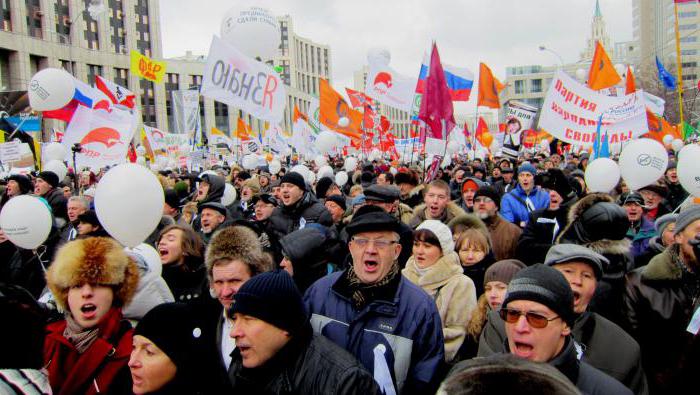
Operational headquarters
In order to coordinate the actions of forces and means that ensure the correct functioning of the emergency mode, by decree of the President, a special operational headquarters can be organized. It should include representatives of those bodies that carry out activities to eliminate the causes and consequences of emergencies, and the management of such a headquarters should be carried out by the commandant of the area in which the emergency mode was introduced.
Also consider the forces and means of ensuring the state of emergency. These include federal security agencies, the penal system, internal affairs agencies, emergency situations, civil defense and disaster relief agencies, internal troops, additional forces that are involved in extremely rare cases (Armed Forces of the Russian Federation, military units and bodies , other troops).